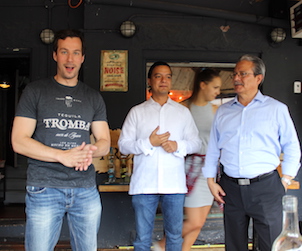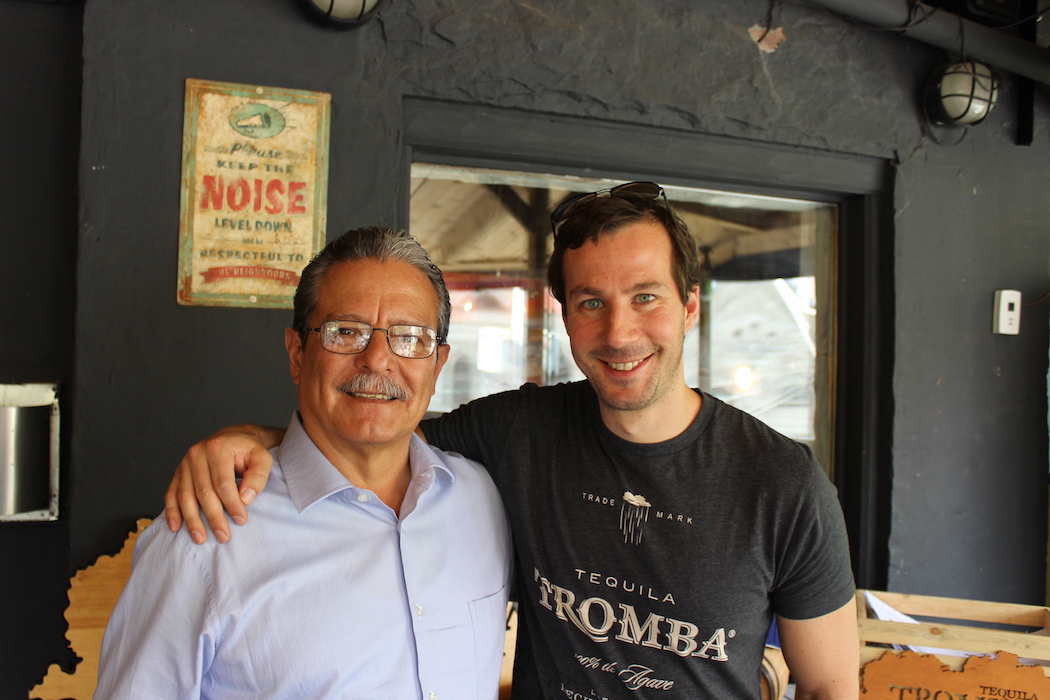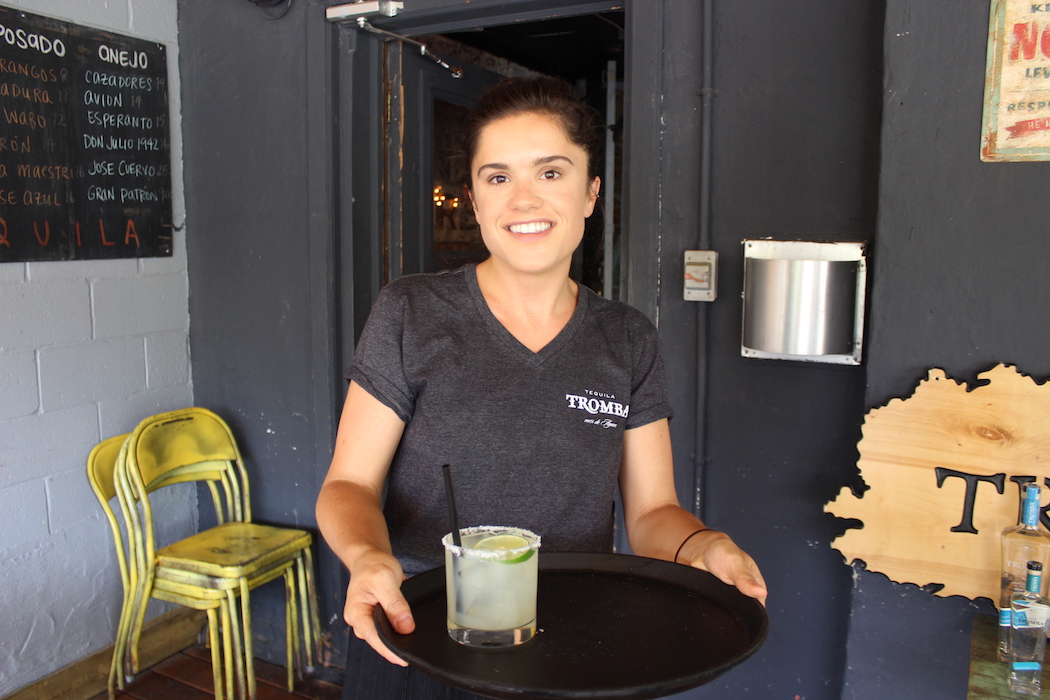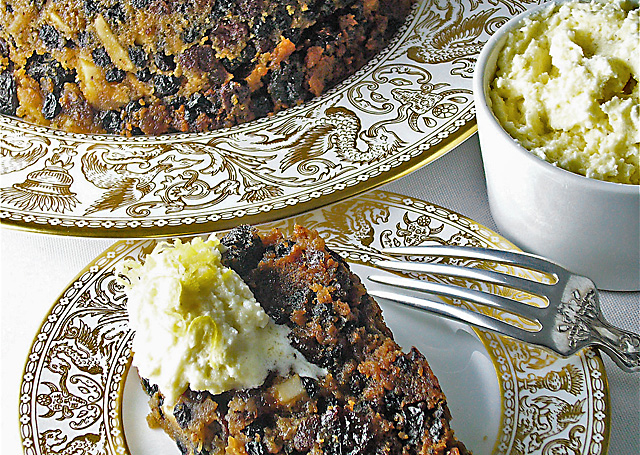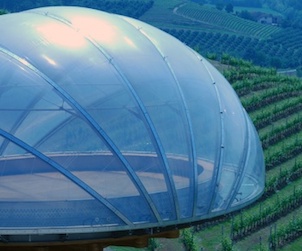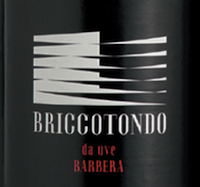Malcolm Jolley meets the secret of Tromba Tequila’s success.
A few years ago I interviewed Eric Brass (here), a local lad who had bet everything on making artisanal Tequila with his ex-roommate’s dad. Fast forward three years and I’ve just met up with him again along with a small group of fellow journalists at Playa Cabana Hacienda to taste through the Tequila Tromba product line with that dad, master distiller Marco Cedano and that roommate Rodrigo Cedano.
Since we last talked, Brass explained, things have been good for Tromba. It’s now the second most popular premium (i.e. 100% Agave-based) Tequila in Canada, and the best selling in restaurants and bars. As if to underline that achievement, we sipped a ‘Dave’s Margarita’ made with Tromba Blanco to Hacienda proprietor Dave Sidhu’s strict unsweetened code. It was good, and appropriately celebratory as Brass explained that Tromba was also making inroads in key U.S. markets, now behind the bar in over 250 New York City bars and restaurants. Here is a Canadian-Mexican success story. (Actually, there’s an Australian founder and partner involved as well, and sales there are also brisk, but to keep things simple I’m sticking to a NAFTA-only scope.)
But what is the secret of this success? Or rather, who? Marco Cedano, and increasingly his son Rodrigo, who make Tromba in a very specific way using only mature blue Weber agave plants from the highlands of Jalisco. Marco Cedano is a chemical engineer who applied his training to a wide array of industries before he settled in Tequila making. At the distillery, which eventually became Don Julio, he told us, he believed he could make a premium product from 100% agave but had to develop it in secret, since his bosses weren’t interested. Amazingly this was in the 1980’s, underscoring the surprising fact that premium Tequila is a relatively new thing.
Marco’s son, Rodrigo, with whom Eric Brass attended business school in Mexico years ago, is learning the ropes from his father and acts as both an interpreter and salesman in his own right when they travel to promote the brand. Rodrigo makes it clear that production of Tromba is a purely Mexican affair and a strict “no gringos in the kitchen” policy is enforced. Sometimes orders have to wait as harvest is delayed or ageing needs a little more time.
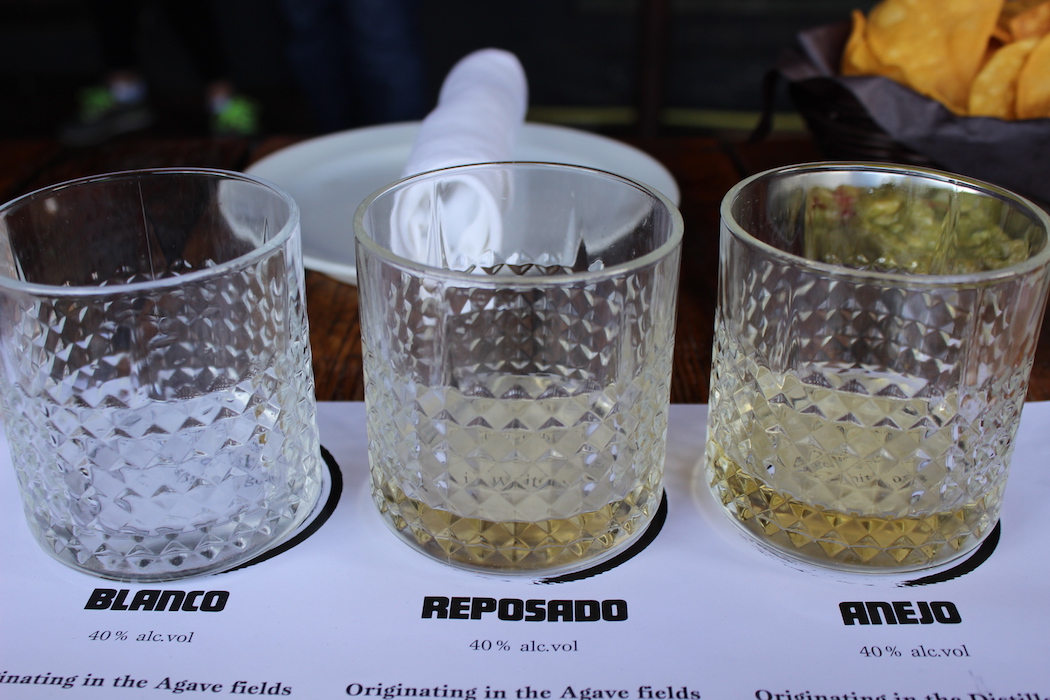
The other secret to Tequila Tromba’s success, of course, is the way it tastes. We tried the three incarnations: 1) Blanco, which is not aged, 2) Reposado, wich aged in white oak for six months, and 3) Anejo which is aged in white oak for two years. Though the older Tequila’s take on more caramel and earthy notes from ageing, the three spirits really do share a baseline flavour profile, which I think explains why they’re becoming so popular. Tequila Tromba tastes sweet. It’s not actually sweet, since there’s no sugar in them, but the flavour of the agave mimics some effect of natural sweetness. This is why they work so well in a Margarita, where the underlying sweetness balances the tart lime juice, or on their own where the spirits display almost no heat form alcohol and deliver a curious white pepper finish. They are very easy to sip. Very easy indeed.
 Malcolm Jolley is a founding editor of Good Food Revolution and Executive Director of Good Food Media, the company that publishes it. Follow him on Twitter or Facebook.
Malcolm Jolley is a founding editor of Good Food Revolution and Executive Director of Good Food Media, the company that publishes it. Follow him on Twitter or Facebook.

